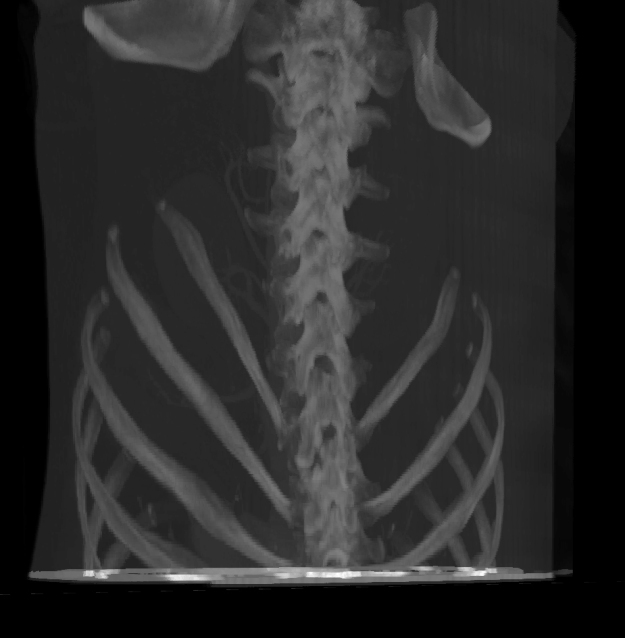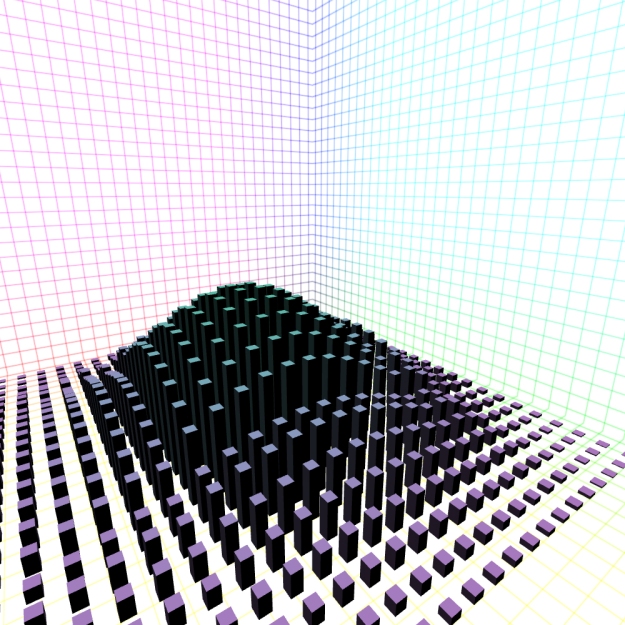By: Simon Danisch
Re-posted from: https://randomphantasies.wordpress.com/2014/07/25/update-gsoc/
First of all, a few things actually got less comfortable.
That’s because I stopped acting like I have a scene Graph and now fully expose the render loop. I think this offers greater flexibility for early adopters.
That means instead of display I rather expose the function toopengl, which I intend to use to build up the scene graph later on.
Also I’m not fully happy with the API, but that is to be expected, as I haven’t figured out the scene graph and its interaction with React yet.
BUT, I have most of the pieces together now, to do the basic render operations, which you would expect from a 3D plotting package and most of the render attributes can be be time changing signals, which enables nice animation capabilities.
You can find examples with a few comments in GLPlot/examples
By the way, all shaders are interactive now by default.
That means you can just run the example, open a shader in a text editor, edit something, save -> et voilà =)
For example if you run example/surface.jl, GLPlot/src/shader/phongblinn.frag might be interesting.
Or volume.jl and GLPlot/src/shader/iso.frag.
Here are some screen-shots/videos:
Going through some iso-values:
Tiny cubes animated with different attributes:
2D geometry projected on z-value grid:
Same without seams (Surface Plot):
Iso surface:
Best,
Simon







